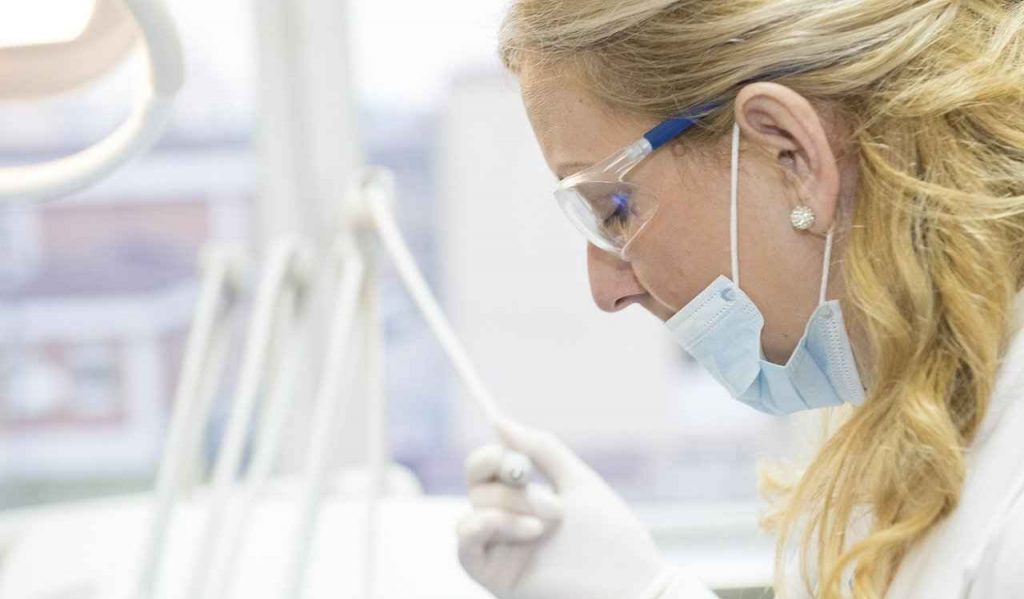Lung nodules are very common. With the widespread use of CT scans, they are being detected more frequently. Most lung nodules are benign and usually do not cause any symptoms or pose a threat to your health. If you’re informed that you have one or more nodules in the lung, it’s generally no need to worry about it.
Early diagnosis and proper treatment can lead to positive outcomes. Although most lung nodules have little or no effect on your health, some may be an indication of, or gradually become a more serious lung condition such as cancer. However, it’s often difficult to determine the exact nature of a lung nodule from a single medical test. Further surveillance is, therefore, necessary to help ensure timely, accurate diagnosis and treatment.
Your doctor may recommend regular follow-up CT scans of your chest to monitor the nodule’s growth over time. The intervals between scans may vary from 3, 6 to 12 months. This may depend on your physician’s understanding of your risk of developing lung cancer. To determine this risk, doctors usually consider factors such as the size, type, and nature of the nodule, as well as the patient’s age, smoking history, and exposure to cancer-causing agents.
Inflammation tends to go away over time. Scar tissue often stays the same size. Other nodules may become smaller. If a nodule grows, doctors will perform further diagnostic tests to determine whether it is cancerous. This is because one of the typical natures of cancer is growth, fast or slow.
Most lung nodules are not cancerous. But if a nodule is early-stage cancer, it has the best chance of being cured if detected and treated as soon as possible.
Monitoring lung nodules ensures early detection of small malignancies in the lung. The risk of radiation exposure from follow-up scans is relatively small.
